




Foreword
Acknowledgements
In conversation with Ali Kazim
South Asia: Opening our eyes to ourselves
Tim Hitchens
The museum is open
Faisal Devji
Ali Kazim’s series Ruins
Emilia Terracciano
Ali Kazim and archaeology
Peter Stewart
ALI KAZIM SUSPENDED IN TIME
Portraits beyond space and time
Chaitanya Sambrani and Mallica Kumbera Landrus

The Conference of the Birds and its artistic legacy
Francesca Leoni and Mallica Kumbera Landrus
The Conference of the Birds and people in tropical cities
Nishant Kumar
Chronology
Compiled by Lauren Winch
Fragmentary toys in the shape of birds, terracotta, modelled, pierced and incised, approx. 9.5 cm, Sardheri, Pakistan, c.101–400 ad Ashmolean Museum, University of oxford (EA1967.74)
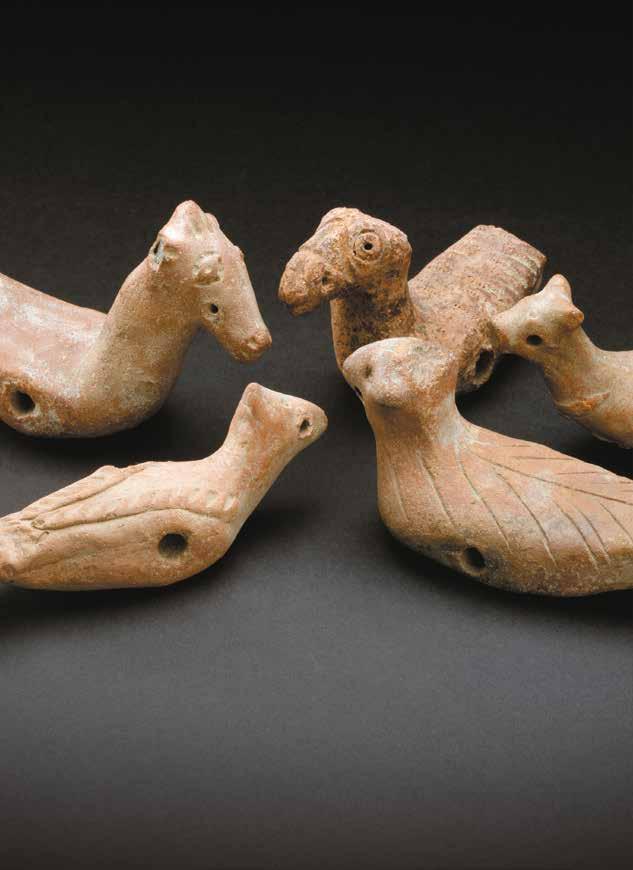
In June 2021, Ali Kazim spoke with Mallica Kumbera Landrus about his experiences, his work and the exhibition. The conversations were in Urdu, Hindi and English. The following text is an extract from several conversations, translated from Urdu and Hindi by Mallica Kumbera Landrus.
Mallica Kumbera Landrus: This exhibition focuses mainly on works completed after your residency in the Ashmolean. Could you share your thoughts and experiences about the residency?
Ali Kazim: The ability to see works closely, touch and hold them, was an exceptional opportunity. The residency was specifically to view the gandharan objects, and I had access to Mughal and Company paintings too. I had seen the Impey birds before, but during the residency I was able to study them unframed, up close, from every angle. Also, one of the most amazing moments was to find
the Hudhud, or Hoopoe, in terracotta. Holding these small terracotta birds from the early centuries ce subconsciously resonated with me. Several months later when I started to prepare for the Lahore Biennale 2020, I made clay birds for The Conference of Birds installation. The trigger was certainly the terracotta birds I had seen in the Ashmolean. To now be part of a show with works I have admired, and observed closely, is a privilege.

MKL: Let’s go back to the beginning. What is an early memory of your interest in art?
AK: My earliest memory is at age three, when I joined older children in a primary school, drawing pictures. The teacher praised my drawing of a mango as exceptional. Being appreciated by that teacher helped me think that this was something I could do well. In later years, before special events I would help with decorating the school by drawing pictures on the walls. I realised early that I stood out in my school, because no one
else could draw like me.
MKL: How important do you think it was, for your work, that you started life in your village?
AK: My village, Pattoki, is a twohour drive from Lahore. A further 90 minutes takes you to the Harappan archaeological site, which I rarely visited as a child. I had many questions about picture making, which led my primary school teacher to suggest that I speak to the cinema board painters in town. I approached the billboard painters and eventually learnt much from them. Later, when I saw Dilip Kumar sculpting in a movie, I approached furniture makers to learn the fundamentals of carving wood. Similarly, I watched another actor shaping a pot, and went to the other side of my village to learn from potters there. Curiosity, a desire to learn, and a case of ‘life imitating film’ guided me towards particular individuals. My ustad (expert) among the cinema board painters was the first person to mention the National College of Arts (NCA) in Lahore. While he steered me to finish my higher secondary education, I helped him paint portraits of circus and carnival people, as well as hoardings and billboards. After I finished my secondary exams, I travelled with him and a circus caravan to various towns.
MKL: What did your parents think of your interests?
AK: My peers in school were often in trouble. My parents were relieved that I was interested in art and not in bad company. However, I did not know what subjects to study. Some people advised my family to rein me in and suggested nursing and medicine. I was around 15 years old when I arrived in the city of Kasur for a one-year diploma in nursing. This was perhaps the start of my practical
life. While studying to become a nurse, my mind was always on art and the NCA, but I did not know how I was going to get there.
MKL: So how did you finally reach the NCA?
AK: I drew a portrait of a doctor in Kasur. When I finished my diploma, he offered to recommend me for work at the gulab Devi Chest Hospital in Lahore. In addition, he also offered evening work in his own clinic. This opportunity – to work in the largest chest hospital in Punjab and in a private clinic – was exciting for me only because it would take me to Lahore and closer to the NCA.
When I arrived in Lahore, I knew the address of the NCA but I lacked the confidence to enter its gates and speak to people. I had read about Pak Tea House in Anarkali, an old bazaar in Lahore. This was where progressive writers had gathered in the past, a place of intimate literary gatherings, and performances of music, dance and poetry. However, the romantic era that I had read about was from the 1970s; in the 1990s it was a very different place. Walking around Anarkali one day, I came across someone painting a cityscape. After waiting for him to finish, when he was packing up his easel, I explained my interest in the NCA. The artist was a Punjab University student, and he invited me to visit him with my portfolio. Soon, I started freehand drawing under his guidance.
Meanwhile, my work as a nurse continued. From 7am to 2pm I was in the hospital; from 3pm to 5pm I worked on my drawings, and from 5pm to 9pm I was working at the doctor’s clinic. After 9pm, I would take my work to show the student artist. I repeated this routine for a whole year.
MKL: How have your experiences as a nurse influenced your work today?
AK: The right tools, in the right place, are important elements of discipline in hospital work. Looking closely at the human body; cutting, opening and stitching parts of it also contributed to my continued interests in drawing the body and portraits. My work on the Ruins series took years to prepare, and discipline certainly played a role there.
MKL: How did the NCA contribute to or change your way of thinking?
AK: The NCA contrasted greatly with my background. In the early days, I was hesitant and felt alone, but eventually I realised students were judged only for their work. Discussions at the end of each day were based around that – not on one’s background.
MKL: How and when did you start thinking of the Slade School in London?
AK: As several NCA faculty members were Slade alumni, the Slade was well known at the NCA. Around 2004 I applied for the RoSL (Royal over-Seas League) travel scholarship. The following year, I gathered my 10–15 finished works in a portfolio and travelled to the UK. For
the next few years I returned as a visitor, eventually joining the Slade in 2009.
MKL: Was there a huge difference between your life at the NCA and the Slade?
AK: While at the NCA, I had to work hard to save money for tuition. I taught drawing, and during the weekends painted portraits and landscapes on commission. It was a struggle to survive. When I graduated and started to exhibit, money started to trickle in. By 2009 I had saved enough to either buy a house or pursue further studies. I chose to spend the funds on my education.
For two years at the Slade, I really enjoyed my student life. Students came from across the world and brought their own cultural ways of working. I did not actively seek to learn some of their ways, but realised much later that I had picked up some ways of working from them.
MKL: Would you say something about how your experiences led to new ideas?
AK: In my earlier works, whether organic forms or portraits, I was interested in the materiality of the work. At the Slade I worked on leather, skin, body and bodily material such as human hair. I was fascinated by the material and the loaded
Collection

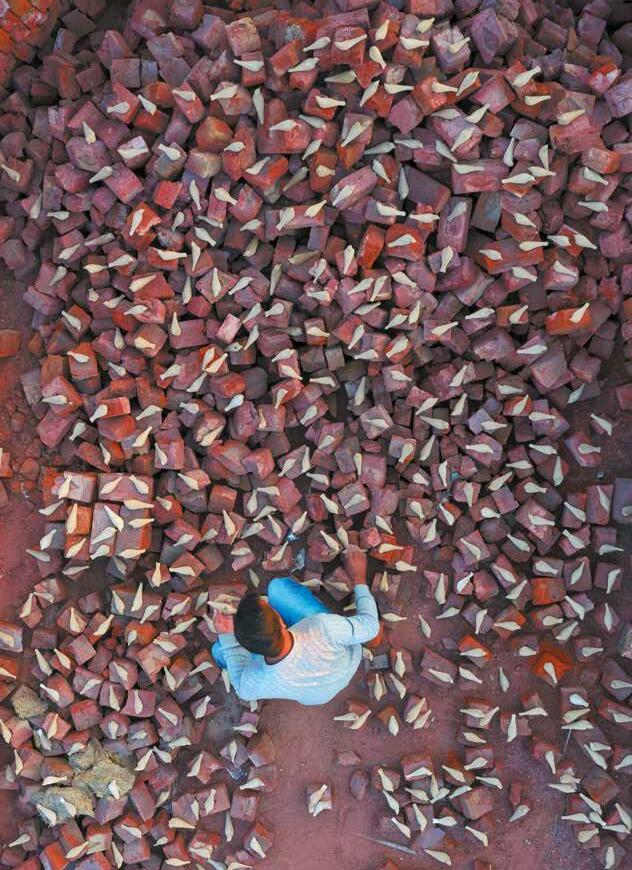 Tim Hitchens
Tim Hitchens

THERE ARE SOME EXHIBITIONS which blow away the dusty cobwebs of preconception, and this is one.
Having lived in Pakistan for three years, and with family who live there now, I am all too aware of the gap between the European image of contemporary Pakistan and the reality. The country, and its people, can too easily be pigeon-holed into the contested phenomena of religious radicalism, terrorism and sustainable development. But as the work of Ali Kazim illustrates, Pakistan is much more contemporary, and much more ancient, than we tend to think.
Ali comes from a modest town – Pattoki, in central Punjab –and he is by all accounts a modest man. His artistry began in the commercial world of painting circus hoardings. But his home is also close to Harappa, one of the great cities of the 5,000-yearold Indus Valley civilisation, and the inspiration for his work comes as much from there as it does contemporary Pakistan. His visit to the Harappan sites in 2013 was clearly a transformational moment, and The Ruins series which followed reaches back to the deep, pre-Islamic traditions of the territory which is now Pakistan. An abiding love of terracotta followed, and a sense of both the lasting power and fragility of clay. one can see this again in the 2020 installation of 3,000 unbaked clay birds at an abandoned brick factory in Lahore, which lasted until the rain fell and the clay birds turned once more to earth.
Ali’s work also draws on the traditions of Company School drawings – the mutual artistic learning which came from the early days of the East India Company in India (captured for British audiences in 2019 at the Forgotten Masters: Indian Painting for the East India Company exhibition at the Wallace Collection.) That period, perhaps too easily romanticised, nevertheless showed a willingness on the part of British officials in the late eighteenth and early nineteenth centuries to learn from the artistry and accomplishment of Indian master painters. Ali’s own portraits draw on that line of expertise: ‘The subject is just in focus, and everything else is left’, as he puts it himself. There is a pregnant depth to the pictures, which often leave pure colour to do much of the emotional work of the pieces – a powerful emptiness not dissimilar to those of his Harappan landscapes, void of humans but full of human history. I particularly appreciate his Man of Faith and Woman of Faith series, portraits of people of religious faith which are highly contemporary and sympathetic; how often in Europe do you now see religious pictures which are so simple, direct and warm?
These works, as I say, should change our perception of contemporary Pakistan and Pakistanis. But they should also change our perceptions of Britain and Britishness.
After the Lahore National College of Arts, Ali studied at the Slade in London. Though he enjoyed his time there, I like his comment that ‘the city had more to offer than the school’ – this is a good generalisation, which could also apply to a university city like oxford. At their best, London and oxford are not British cities at all, but global and international hubs. It is important that artists like Ali feel at home in both cities. And it is important that everyone in Britain, especially postBrexit, understands what it is to be British in the twenty-first century. Recognising how multi-ethnic, for example how South Asian we have become is a key to that understanding. South Asia is not other, but now a significant part of ourselves. The largest ethnic minority in oxford is British Pakistani. In this city we are as close to Birmingham as we are to London. In 2016, 7.2% of UK domiciled students at this university identified as Asian; by 2020 that figure had risen to
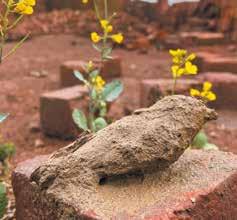
Ali Kazim, Untitled (Man of Faith Series) (detail), 2019, watercolour pigment on paper, 114 x 80 cm
 ©Ali Kazim, courtesy Jhaveri Contemporary
©Ali Kazim, courtesy Jhaveri Contemporary
9.6%. one in ten of our British students is now Asian, to say nothing of our international student body. When I became President of Wolfson College four years ago, in 2018, it was clear to me that our oxford collegiate University would thrive if it recognised how international we were. oxford should not be a comfortable place to observe the world from, but a rigorous place to observe the world in. If wisdom and knowledge – the aims of a university – come from perspective, then perspective comes from seeing many different perspectives. our colleges need to – and at their best do – provide a recognisable home for our multinational and multicultural student and researcher body. More than half the students at oxford are now graduate students, and at least two-thirds of our graduate students are from overseas. At Wolfson we have tried, in part through our art collection, to create an environment which is as welcoming to our Ugandan, Bangladeshi or Peruvian students as it is to our American, german or British ones. The Ashmolean has generously lent us a nineteenth-century marble statue from west India of ganesha, the ‘Lord of New Beginnings’ and god of wisdom and learning, who greets all our students on their arrival. And in parallel, it is thoroughly welcome that the Ashmolean is putting on this exhibition which shows the work of a young, brilliant, contemporary South Asian artist. British museums and galleries can sometimes fall into a pattern of showing contemporary works from Europe and North America, and more retrospective or historical views of work from Asia. It’s the sign of a vigorous museum that it is able and willing to share with us what is happening now – in Asia’s art world, and in Asian culture. This exhibition can open our eyes to South Asia, and open our eyes to ourselves. Ali Kazim is a wonderful guide.
Ali Kazim, Untitled (Ruins series, Triptych), 2018, watercolour pigment on paper, 193 x 358 cm
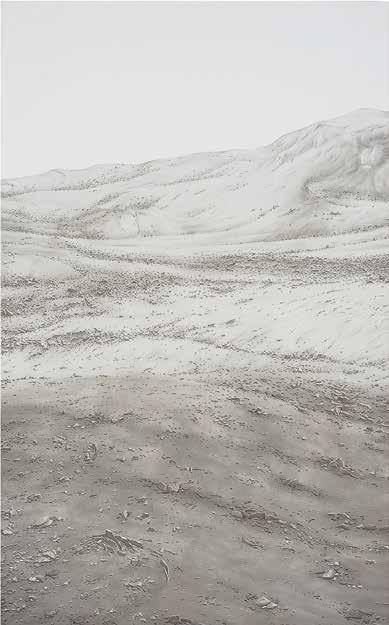
Collection of Sanda Lwin and Farhad Karim,©Ali Kazim, courtesy Jhaveri Contemporary
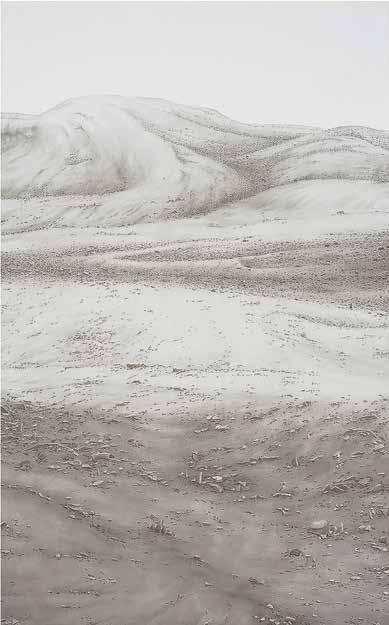

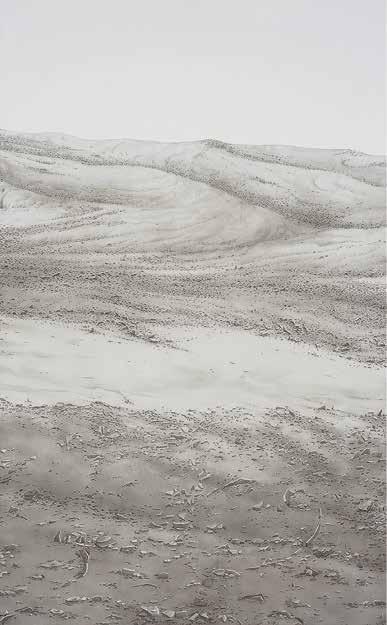
 (above) Ali Kazim, Untitled (Woman of Faith series), 2020, watercolour pigment on paper, 114 x 75 cm
©Ali Kazim, courtesy Jhaveri Contemporary
(opposite) Ali Kazim, Untitled (Man of Faith Series), 2019, watercolour pigment on paper, 71 x 56 cm
©Ali Kazim, courtesy Jhaveri Contemporary
(above) Ali Kazim, Untitled (Woman of Faith series), 2020, watercolour pigment on paper, 114 x 75 cm
©Ali Kazim, courtesy Jhaveri Contemporary
(opposite) Ali Kazim, Untitled (Man of Faith Series), 2019, watercolour pigment on paper, 71 x 56 cm
©Ali Kazim, courtesy Jhaveri Contemporary
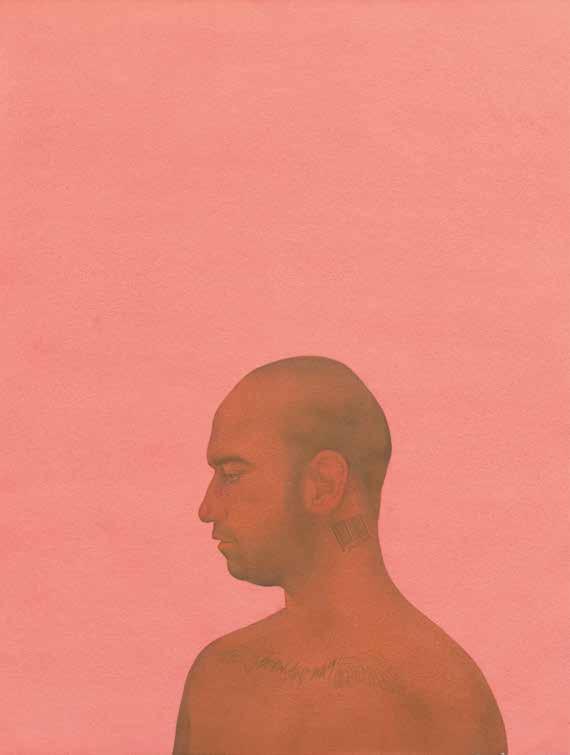
(opposite)
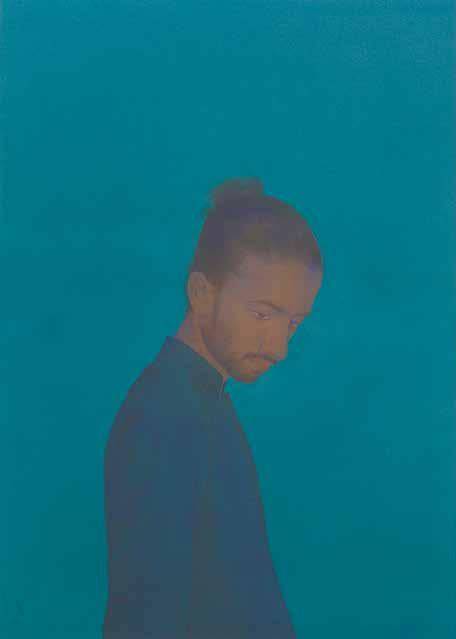 Ali Kazim, Untitled (Man of Faith Series), 2020, watercolour pigment on paper, 62 x 44 cm
©Ali Kazim, courtesy Jhaveri Contemporary
Ali Kazim, Untitled (Man of Faith Series), 2019, watercolour pigment on paper, 114 x 80 cm
©Ali Kazim, courtesy Jhaveri Contemporary
Ali Kazim, Untitled (Man of Faith Series), 2020, watercolour pigment on paper, 62 x 44 cm
©Ali Kazim, courtesy Jhaveri Contemporary
Ali Kazim, Untitled (Man of Faith Series), 2019, watercolour pigment on paper, 114 x 80 cm
©Ali Kazim, courtesy Jhaveri Contemporary
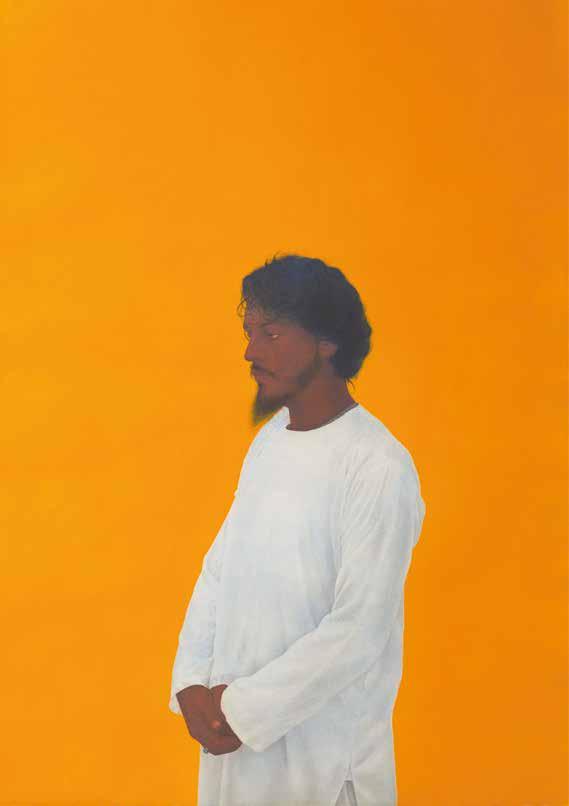
Ali Kazim, Untitled (Man of Faith Series), 2019, watercolour pigment on paper, 56 x 46 cm
©Ali Kazim, courtesy Jhaveri Contemporary
Ali Kazim, Untitled (Man of Faith Series), 2019, watercolour pigment on paper, 56 x 46 cm

Colleciton of Tarika and Zafar Ahmadullah, ©Ali Kazim, courtesy Jhaveri Contemporary

 Ali Kazim, Untitled (Man of Faith Series), 2020, watercolour pigment on paper, 50 x 67 cm
©Ali Kazim, courtesy Jhaveri Contemporary
Ali Kazim, Untitled (Man of Faith Series), 2020, watercolour pigment on paper, 50 x 67 cm
©Ali Kazim, courtesy Jhaveri Contemporary
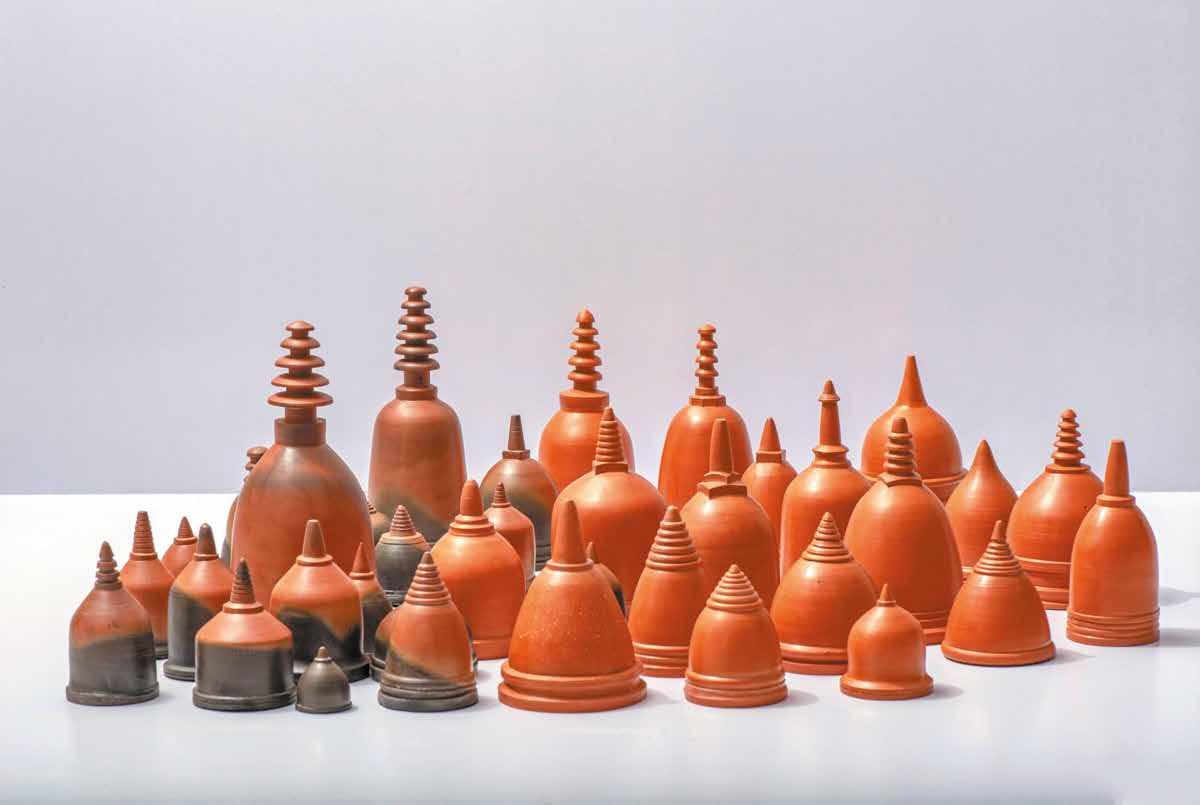

Ali Kazim. Suspended in Time
Ashmolean Museum, from 7 Feb to 26 June 2022
Copyright © Ashmolean Museum, University of oxford, 2022
Mallica Kumbera Landrus, Tim Hitchens, Faisal Devji, Emilia Terracciano, Peter Stewart, Chaitanya Sambrani, Francesca Leoni, Nishant Kumar and Lauren Winch have asserted their moral rights to be identified as the authors of this work.
British Library Cataloguing in Publications Data
A catalogue record for this book is available from the British Library
ISBN: 978-1-910807-51-4
All rights reserved. No part of this publication may be transmitted in any form or by any means, electronic or mechanical, including photocopy, recording or any storage and retrieval system, without the prior permission in writing of the publisher.
Catalogue designed by ocky Murray
Printed and bound in the UK by gomer Press
For further details of Ashmolean titles please visit: www.ashmolean.org/shop
This catalogue publication is supported by the Elie Khouri Art Foundation.
Image credits:
©Ali Kazim, Courtesy Jhaveri Contemporary
Exhibition supported by:
Kamini and Vindi Banga Family Trust
Tia Fine Art Limited
Mr Ben Brown
Mrs Rosamond Brown
ZVM Rangoonwala Foundation
Tarun and Tarana Sawhney
Tarika and Zafar Ahmadullah
Charles Wallace Pakistan Trust
And those who wish to remain anonymous.
We thank the artist, Taimur Hassan, Tarika and Zafar Ahmadullah, Sanda Lwin and Farhad Karim, and Jhaveri Contemporary for their generosity and support with loans.
(title page) Ali Kazim, Untitled (Mara’s Army) (detail), 2020, watercolour pigment on paper, 114 x 79 cm
©Ali Kazim, courtesy Jhaveri Contemporary
(p.4) Ali Kazim, Untitled (Votive Objects) (detail), 2020, clay, various dimensions
©Ali Kazim, courtesy Jhaveri Contemporary